
Lake Urmia Restoration Program Enters New Phase Financial Tribune
Iran's Lake Urmia is one of the world's largest hypersaline (extremely salty) lakes. It has been declared a Wetland of International Importance and a UNESCO Biosphere Reserve. But as reported by the United Nations Environment Programme, its water level began to decline rapidly in the mid-1990s. Incoming water was diverted for agricultural use, dams blocked inflowing rivers, rainfall decreased.
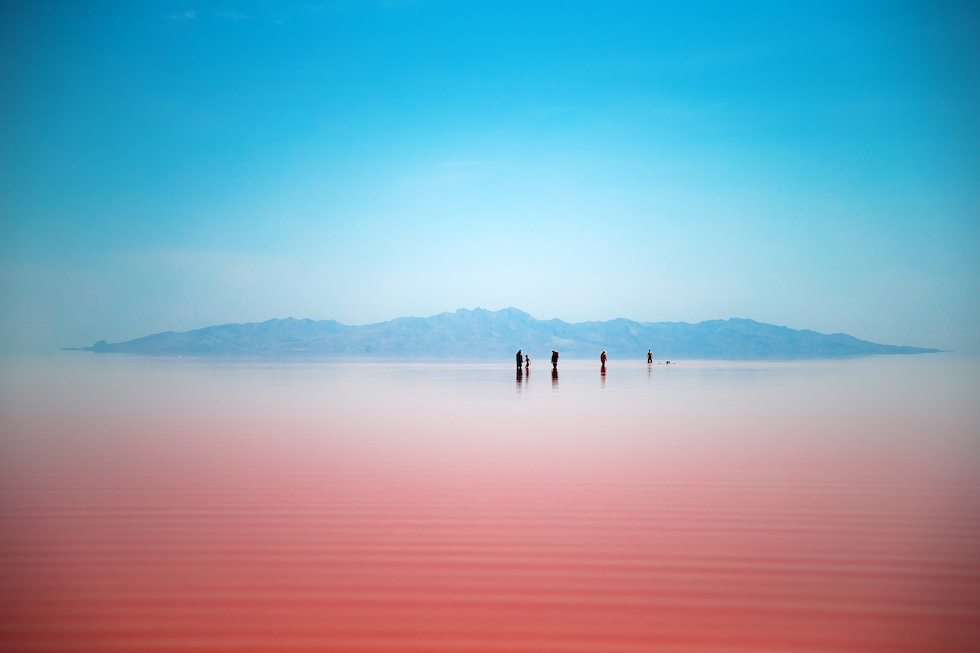
Le foto del lago di Urmia, rosa e blu Il Post
Lake Urmia water level (black), planned (dashed blue), and predicted result if ULRP actions not implemented (orange dash line) (ULRP, 2020). The remaining studies were all water balance or modeling studies that assumed the uniform lake level of 1274.1 m defined by Abbaspour and Nazaridoust (2007) will successfully restore Lake Urmia.
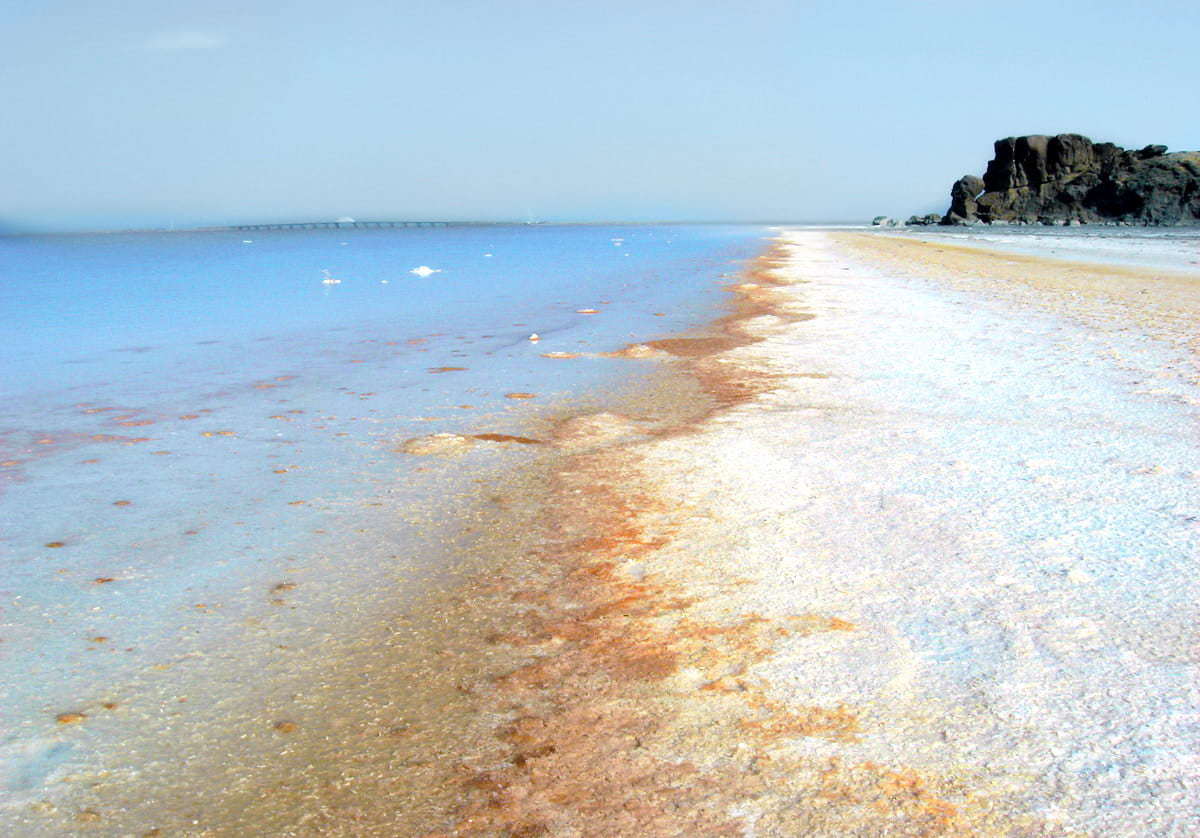
viaggio turistico e sicuro in iran Azerbaigian OccidentaleLago di Urmia
The dry bed of the lake is a source of salty dust that can be whipped up by strong winds into a dust storm (Credit: Solmaz Daryani) Lake Urmia's tourism industry collapsed, accelerated by that.

Rain revives Urmia salt lake in Iran
In late April, NASA's Aqua satellite captured Lake Urmia with a deep green hue. But as of mid-July, the body of water was filled with algae and bacteria that turned it into a stained red pool.

viaggio turistico e sicuro in iran Azerbaigian OccidentaleLago di Urmia
Urmia Lake in NW Iran was the world's second largest hypersaline lake until three decades ago, when it began to lose ~ 90% of its surface area due to dwindling water input and enhanced evaporation. To help discern the role of natural vs anthropogenic factors in the rapid demise of Urmia Lake, we present a high-resolution, multi-proxy reconstruction of climate, and hydrological variability.
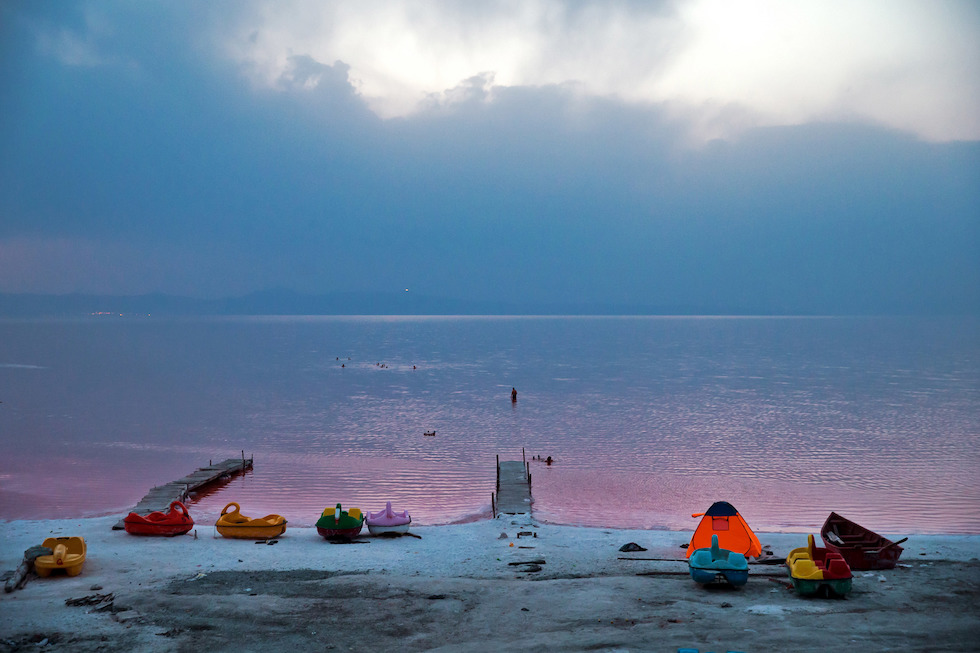
Le foto del lago di Urmia, rosa e blu Il Post
Lake Urmia supports agriculture, energy, industry, food, water and housing needs of the people that live around the lake and within the wider catchment basin. In 2011, about 6 million people lived within the basin (ULRP, 2017). From 2015 estimates, about 10.33 million people live in
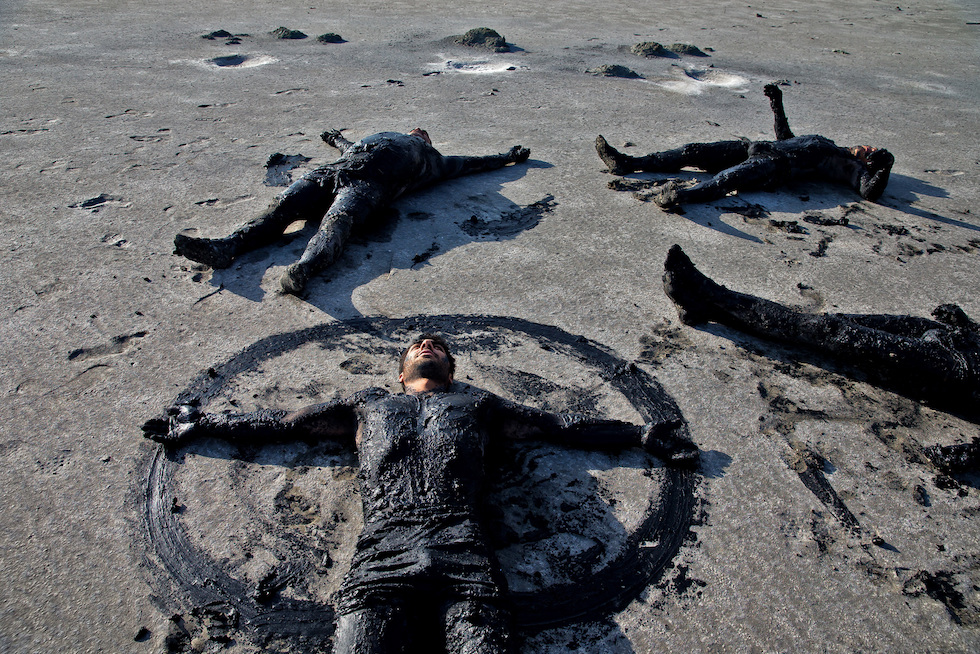
Le foto del lago di Urmia, rosa e blu Il Post
New research shows Iran's most famous lake has shrunk by nearly 90% since the 1970s. Scientists urge action. In the late 1990s, Lake Urmia, in north-western Iran, was twice as large as.
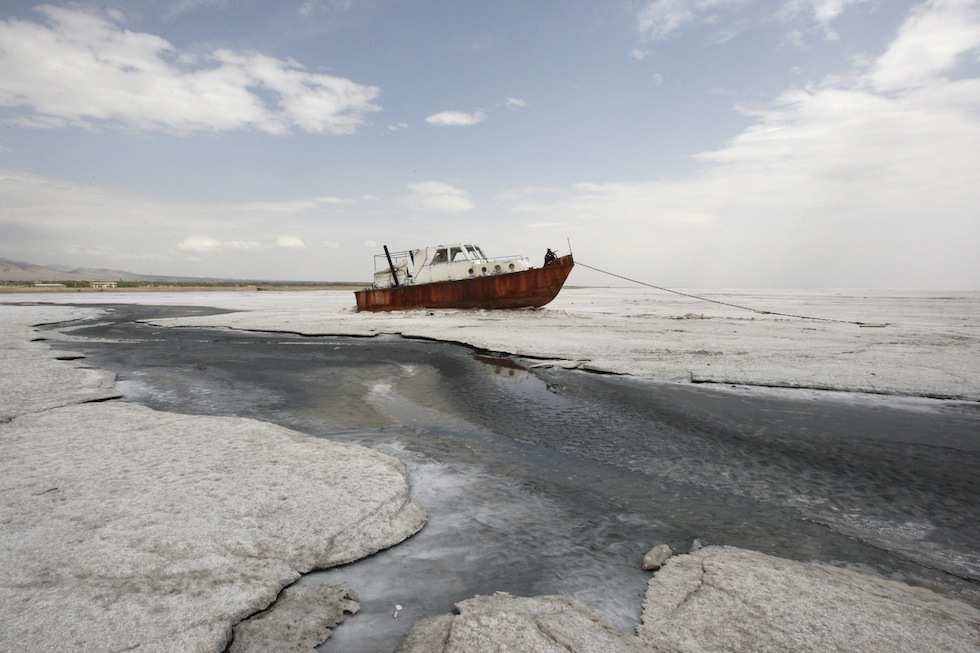
Il lago di Urmia sparisce Il Post
The largest lake in the Middle East and one of the largest hypersaline lakes on Earth at its greatest extent, Lake Urmia has for the most part transformed into a vast, dry salt flat. Satellite image of Lake Urmia captured by the Operational Land Imager-2 on Landsat 9 on September 7, 2023. On September 7, 2023, Landsat 9's OLI-2 (Operational.

Lago Urmia e il fenomeno della marea rossa JuzaPhoto
Once the second-largest saltwater lake in the Middle East, Lake Urmia attracted birds and bathers to bask in its turquoise waters in northwest Iran. Then beginning in the 1970s, nearly three decades of drought and high water demands on the lake shriveled the basin, shrinking it by 80 percent. Recent torrential rains have replenished the water.
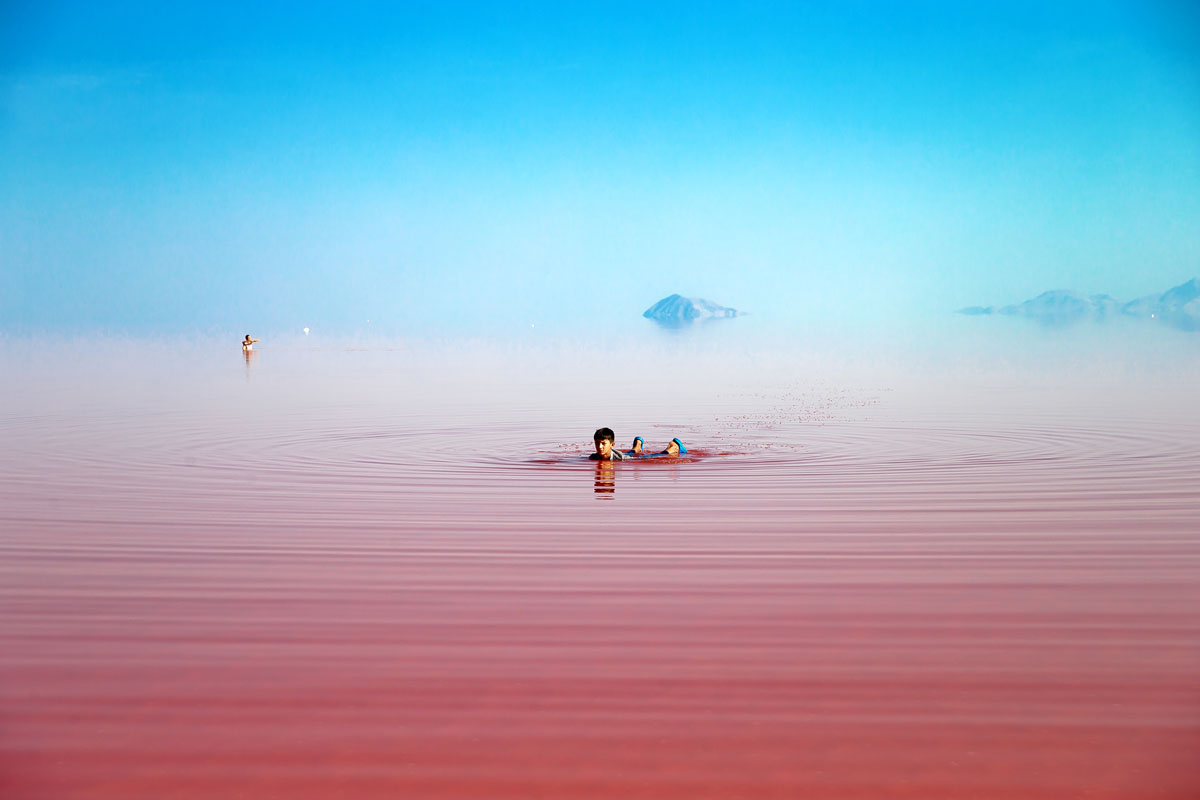
Urmia Lake
In 1995, Lake Urmia reached a high-water mark; then in the ensuing two decades, the lake level dropped more than 7 meters (23 feet) and lost approximately 90 percent of its area. Consecutive droughts, agricultural water use, and dam construction on rivers feeding the lake have contributed to the decline. A shrinking Lake Urmia has implications.
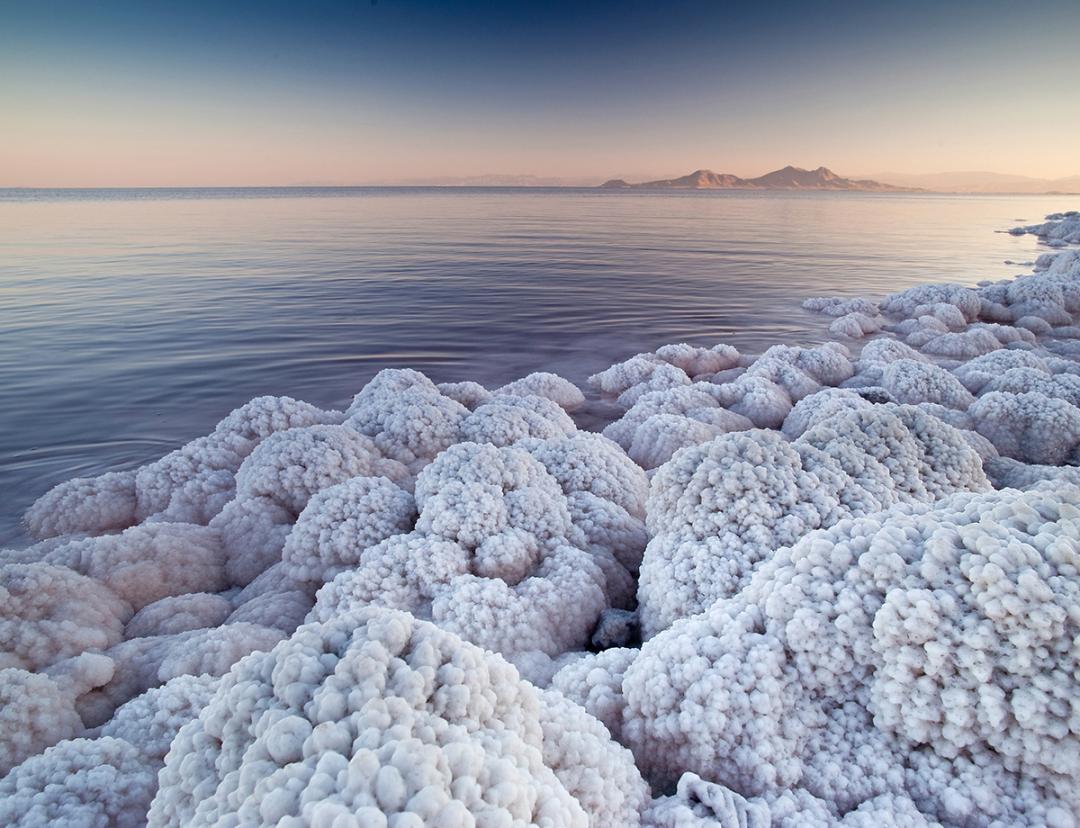
Urmia Lake Stabilizes Financial Tribune
Lake Urmia is located between East and West Azerbaijan Provinces in northwest Iran and is home to 120 islands. Though it was once the largest lake in the Middle East and the sixth-largest salt.

Lago di Urmia uno dei gioielli ambientali dell'Iran corre nuovi rischi
Lake Urmia, in Iran's northwestern corner, was once the planet's sixth largest salt lake, covering about 5200 square kilometers—a bit larger than the Great Salt Lake in Utah. Flamingos, egrets, and other waterfowl feasted on brine shrimp, and resorts catered to tourists who believed that bathing in the saline waters improves health..
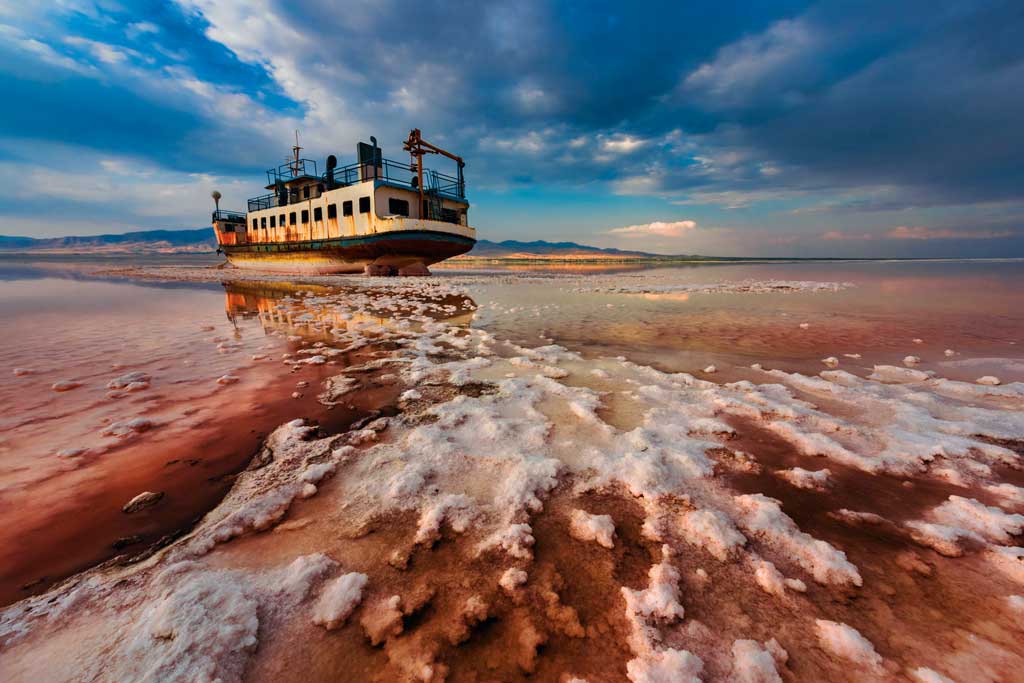
Lago Urmia
Il lago di Urmia ( persiano: دریاچه ارومیه) è un lago salato endoreico situato tra le province iraniane dell' Azerbaigian Orientale e dell' Azerbaigian Occidentale, a occidente del Mar Caspio, a rischio di scomparsa per prosciugamento progressivo. Il lago di Urmia è stato dichiarato dall' UNESCO riserva della biosfera nel 1976 .
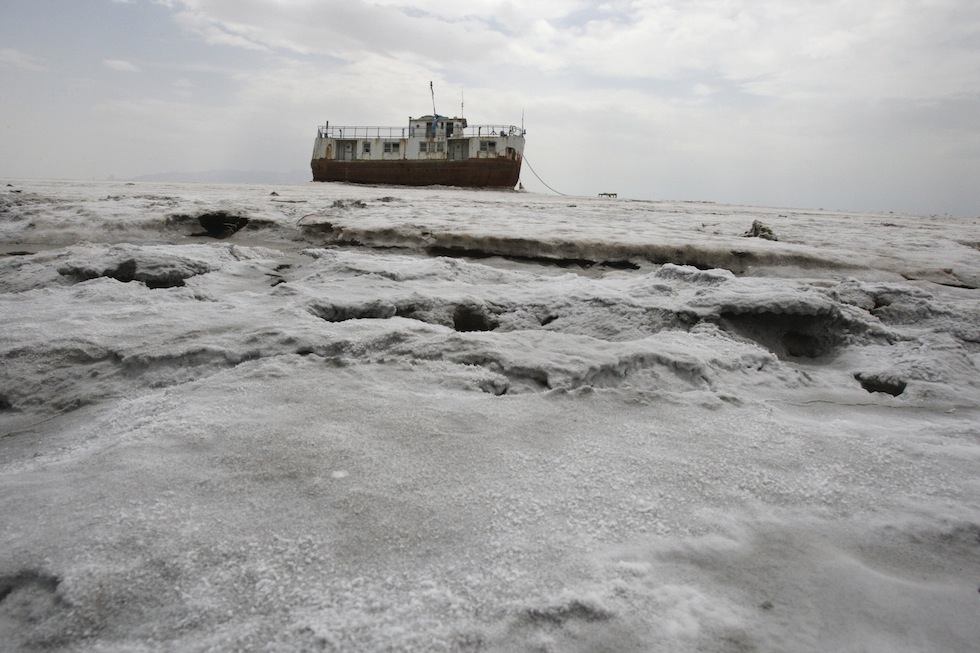
Il lago di Urmia sparisce Il Post
Lake Urmia was Iran's main domestic tourism resort before it began shrinking in 1995 due to extreme drought, agriculture and dam building. These days, hotels and boats lie abandoned, with no water.

Il lago di Urmia sparisce Il Post
Lake Urmia, in Iran's northwestern corner, was once the planet's sixth largest salt lake, covering about 5200 square kilometers—a bit larger than the Great Salt Lake in Utah. Flamingos, egrets, and other waterfowl feasted on brine shrimp, and resorts catered to tourists who believed that bathing in the saline waters improves health..

viaggio turistico e sicuro in iran Azerbaigian OccidentaleLago di Urmia
June 23, 2014 JPEG. Green and tan shades show the extent of the water in Lake Urmia (also Orumiyeh or Orumieh) in western Iran. The lake is highly saline and only a few tens of meters deep even at high water. The shoreline appears as a white margin of salt. The lake is one of the largest in the Middle East, measuring 130 kilometers (80 miles.